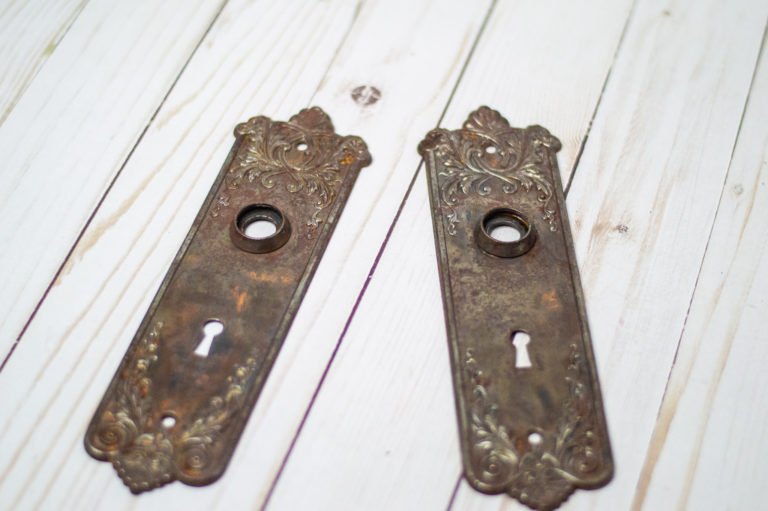In the thrifting world, there are two core types of sellers: those who have a business and those who don’t have one. Those who don’t have one are merely hobbyists. But for those who do, there is the opportunity to create a more stable and scalable business that can produce recurring revenue, high profits, and positive cash flow.
A business is scalable when its operations can be readjusted to accommodate more users or customers without greatly increasing management overhead; in other words, it has low fixed costs or operating expenses. Scaling up a business means making it bigger – but not necessarily harder to operate. If you want your thrifting venture to grow into something that generates consistent income and pays dividends on investment, you will need to up-scale it. Here are five ways you can do just that.

Diversify Your Offerings
The surest way to kill any hope of making a business out of your thrifting is to become overly specialized in just one category or product. This is a common problem among antique dealers, who have a tendency to get lured into the “big money” game of buying antiques.
These specialized offerings can certainly be lucrative items to deal in, but they are also products that are typically much more susceptible to market fluctuations.
For example, the prices of original oil paintings have risen in recent years, but those of watercolors have declined, and the prices of other types of paintings have stayed more or less the same. Artwork is also a very competitive field that is far more accessible to new collectors than antiques.
All of this means, that the market for art is far more saturated than that for general antiques. This is true of other types of specialized collectibles, such as coins and stamps. If you want to specialize in selling collectibles, it is best to do it in a niche area where you can really develop expertise and authority.
Inventory Management
One of the biggest challenges facing any business that depends on inventory is the risk of having too much inventory on hand. This is known as “inventory risk,” and it can result in lost profits if you have to sell your products at a loss because they have become unsalable due to expiration or other reasons. You can reduce or even eliminate this risk by following a few simple inventory management rules:
- Buy only what you need to meet immediate demand.
- Always buy on the basis of what will sell and for the price at which it will sell.
- Keep an up-to-date perpetual inventory of your stock and its value.
- Sell at the right time.
Have a Marketing Strategy
Successful business owners know that marketing is as vital to their survival as having a good product or service. It is the only way to bring in new customers and keep the ones you have coming back for more. If you don’t have a marketing strategy, you might have a customer or two show up to buy once in a while, but you probably won’t have a dependable customer base.
In order to build a customer base that generates consistent revenue, you will need to market your thrifting business. Marketing costs money, but it can be done on a shoestring. The first step is to determine who your target customers are. Then, you can create a marketing plan that focuses on your target customer base. It is recommended that you use a multi-channel approach, which means that you should not rely on just one marketing strategy but use a variety of them. This will increase the likelihood that you will reach your target customers.
Leverage Software and Automation
Many thrift business owners initially rely on pen and paper for their record-keeping, but this can quickly become unwieldy and inefficient. The same is true of manual inventory management.
If you are growing your business to the point where you need to hire staff, you will almost certainly need to go digital. There are many business software providers on the market today, many of which can provide you with everything from inventory management to POS systems. The right business software will enable you to:
- Manage employee time and attendance.
- Track customer service issues.
- Handle payroll and tax reporting.
- Run an inventory management system.
- Deliver customer service via live chat.
- Offer online ordering and payment options.
- Offer customer loyalty programs.
Train and Hire Staff
As your thrifting business grows, you will likely need to hire employees. While this is a positive sign that your business is moving in the right direction, it also means that you will need to take on a new challenge: training your new staff members. Hire for the long-term. As an owner, you need employees who are not just looking for a paycheck but who are committed to your business and the work they do in it. If you hire the right people, train them well and treat them fairly, you will build a strong team of employees who will be with you for years to come. If you are in an area that sees seasonal spikes in business, such as beach towns that see a lot of tourists in the summer and very few in the winter, you might want to consider hiring employees on a seasonal basis.
Conclusion
A thrifting business is not a get-rich-quick scheme. It requires patience and hard work. That being said, it also offers many benefits. It allows you to be your own boss, have flexible hours, and work at your own pace. You can also choose to work outdoors if you like. Most importantly, you don’t need any special training to start a thrifting business. You don’t need a college degree or a huge amount of money to start. In fact, it’s probably easier to get started than many other businesses. All you need is a few basic supplies and a willingness to work hard. If you want to up-scale your thrifting business, start by diversifying your offerings, managing your inventory, having a marketing strategy, leveraging software and automation, and training and hiring staff.
Related: starting and antique booth






